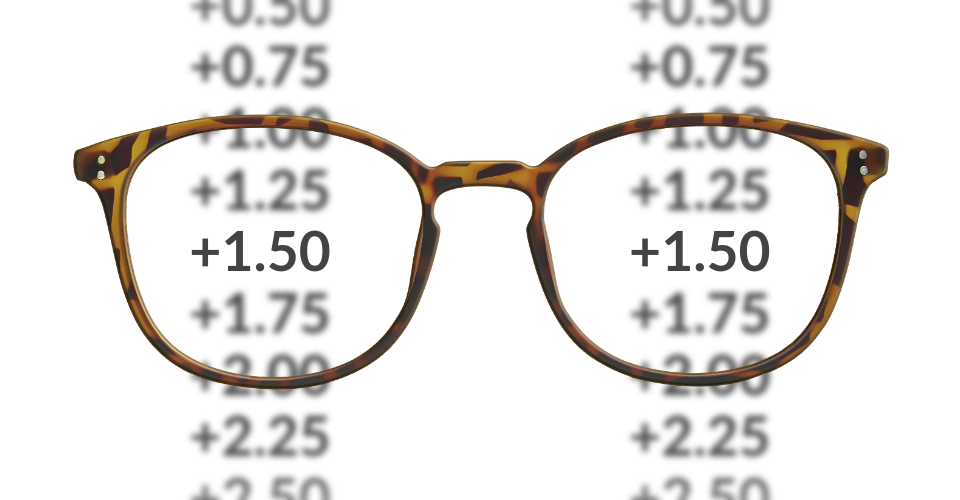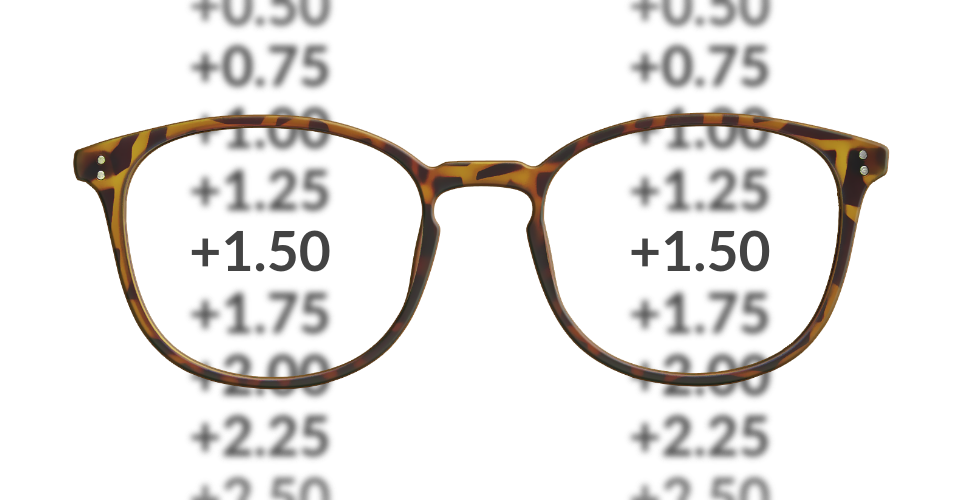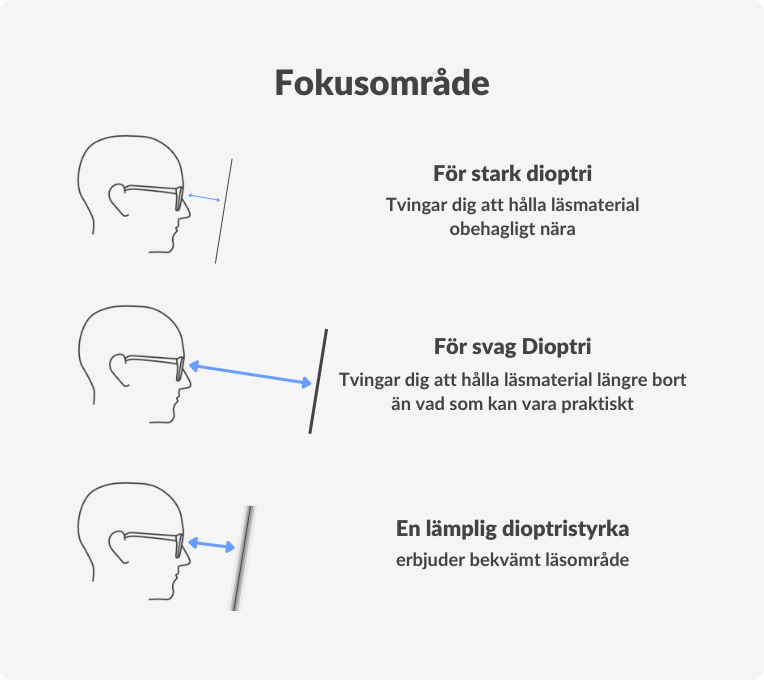
Läsglasögon
Förstoringsglas som hjälper dig att förbättra seendet på nära håll

Läsglasögon
Vad är läsglasögon?
Vad är läsglasögon?




Behöver jag läsglasögon?
Läsglasögonens styrkor


Behöver jag läsglasögon?
Läsglasögonens styrkor


Everything you need to know about reading glasses
Rekommenderade bågar för läsglasögon
Everything you need to know about reading glasses
Rekommenderade bågar för läsglasögon
Våra optiska experter
Våra optiska experter

Maria Horan FBDO
Expedieringsoptiker
Maria har en kandidatexamen i oftalmisk dispensering och har över 17 års optisk erfarenhet.

Beck Jinnette
Expedieringsoptiker
Beck har över 17 års erfarenhet av ögonvård och har sitt IV certifikat i dispensering i Australien.

Sharlene McKeeman FBDO
Expedieringsoptiker
Sharlene är utbildad optiker och medlem i Association of British Dispensing Opticians.

Karen Apuan
Optometriker
Karen är doktor i optometri och medlem i Integrated Philippine Association of Optometrists.

Prata med en certifierad optiker
Har du frågor om ögonvård? Vi finns här för att hjälpa dig.
Om du vill ha vägledning som du kan lita på kan du fråga våra egna optiker.

Prata med en
certifierad optiker
Har du frågor om ögonvård?
Vi finns här för att hjälpa dig. Om du vill ha vägledning som du kan lita på kan du fråga våra egna optiker.







































